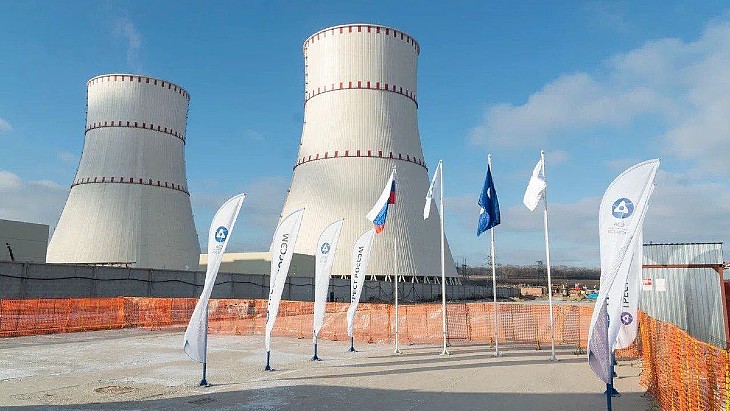According to the draft of the 11th Basic Electricity Supply and Demand Plan, South Korea's demand for electricity will increase to 129.3 GW by 2038 - an increase of more than 30% from 2023, with growth mainly being driven by demand from the semiconductor and data centre industries.
Under the draft plan, the portion of carbon-free energy sources in the country's energy mix will increase from about 40% in 2023 to 70% by 2038. It says the proportion of electricity generated by nuclear power in 2030 will be 31.8%, increasing to 35.6% in 2038. The country's 26 reactors currently provide about one-third of its electricity. Meanwhile, the proportion from renewable sources will increase from 7.9% in 2023 to reach 21.6% in 2031 and 32.9% by 2038. Hydrogen and ammonia will account for some 5.5% of total power generation by 2038.
Meanwhile, the proportion generated from coal-fired plants - which currently account for around one-third of Korea's electricity generation - will drop to 17.4% in 2030 and 10.3% in 2038.
"Considering the appropriate reserve ratio (22%), the facilities needed by 2038 are 157.8 GW, and considering the renewable energy supply outlook (120 GW in 2038, 13 GW based on effective capacity), the confirmed facilities are 147.2 GW," the ministry said. "Therefore, an additional 10.6 GW of power generation facilities are needed. This 10.6 GW is planned to be covered by large-scale nuclear power plants, SMRs and LNG cogeneration."
It added: "In particular, in the case of large nuclear power plants, it is expected that a construction period of 167 months (13 years and 11 months) will be required, including the period for securing land, etc., so the facility plan was prepared based on the assumption that entry will be possible after 2037."
The ministry said that from 2037-38, 4.4 GW of new facilities are expected to be needed. Assuming that APR1400 units are built, "arithmetically, up to three units can be built, but it is recommended that the government consult with the project operator to derive the optimal plan by comprehensively considering the schedule, cost, etc., such as securing the site for the construction period until 2038".
In addition, to meet electricity demand from 2035-36, it says 2.2 GW of new facilities are expected to be needed. "During this period, 0.7 GW is allocated for the commercialisation demonstration of small modular reactors (SMRs) currently under development."
"The 11th Basic Electricity Plan focused on composing a power mix that prioritises the stability of power supply, is economically and socially acceptable, and accelerates the transition to carbon-free power sources in order to achieve the Nationally Determined Contribution [under the Paris climate agreement]", the ministry said. "By reducing the country's dependence on overseas fossil fuels, the plan will contribute to enhancing energy security."
The draft plan will be finalised after due environmental assessment, public hearings and consultations with ministries concerned before being adopted.
President Yoon Suk-yeol, who took office in May 2020, vowed to reverse former President Moon Jae-in's policy of phasing out nuclear power, a policy which was brought in after he assumed office in 2017, and followed the 2011 Fukushima Daiichi accident in Japan.

_1.jpg)



_30199.jpg)
_72306.jpg)

_49562.jpg)





